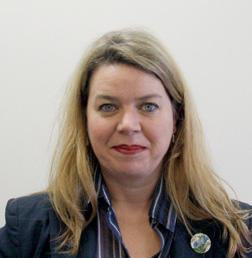

In the October 2010 issue of AJEM, our Executive Director, Raelene Thompson outlined some of our important priorities in the Australian Emergency Management Institute’s (AEMI’s) quest toward a Centre of Excellence, particularly its need for a continuous improvement process for curriculum development and design. In addition, the release of the Council of Australian Governments (COAG) National Strategy for Disaster Resilience in February 2011 served as a timely reminder of how AEMI needs to ensure it is a resilient organisation, to address the needs of the emergency management sectors. As a Centre that prides itself on its education and research, it needs a system that incorporates strategic, operational and tactical system development, with capabilities that include:
Our Curriculum Review Project, headed by Cameron Scott, used a variety of mechanisms including: a Training Needs Analysis; a review of the AEMI strategic direction against national priorities; a review of the current AEMI program against the priorities, and a market analysis. While this approach has yielded some competing results, the rigour of the review has enabled an evidence-based decision process that can inform future directions in education product and research priorities. It has also brought some formality to the decision process around new knowledge creation for emergency management education and research directions.
It is evident that AEMI has existing client groups who must be serviced, and in addition to developing products to meet their needs, it also needs to consider how it might assist in developing resilience capability for the broader community. The education review has also highlighted areas where AEMI is currently under-performing or under-represented. Examples include: train-the-trainer type education products that assist other providers in the field in ensuring wise practice, and university engagement. AEMI seeks to redress the first issue by providing education meetings and programs, and the second by formalised arrangements with our university colleagues.
Examples of how this may work, and how it can improve innovation and experimentalism, flexibility and connectivity include:
While our task is not quite completed, our discipline teams are excited and energised. Having so many engaged Friends of AEMI has certainly assisted our continuous improvement modelling, and we look forward to sharing and working closely with each of our sectors.
Ms Carolyn Thompson commenced as Director of Education, Research and Training at AEMI in February 2011. She holds postgraduate qualifications in business and education, with extensive experience nationally and internationally in public and private sector institutions. Her current research is in organisational behaviour, and she hopes to finish that elusive PhD, one day.